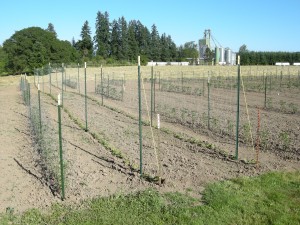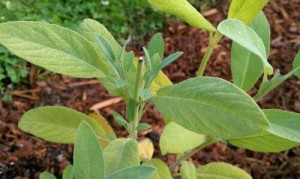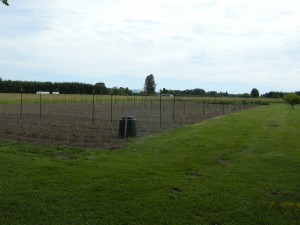It has been a flurry of activity around here since my last update. As you can probably see in our various FieldCams, the hay has been baled and is presently stacked and awaiting pick-up. Since we did get a good application of chicken manure spread this past fall, we got about a 70% increase in weight of hay produced this season over last.
The Fourth of July weekend was nice. I hope that you had a good one. Ours always starts in the morning with heading into Molalla for the annual parade. It is a family tradition. It is the typical rural, small town event that you see represented in movies. Local businesses and organizations enter floats. Rodeo princesses on horseback. Clowns on motorcycles. Marching bands. A group of bagpipers. Politicians. Several firetrucks and police vehicles from local communities. American flags everywhere and candy thrown to the kids. Fun  And the weather was perfect this year. Although we took the day off from work, we did do yard work preparing for our evening barbecue.
And the weather was perfect this year. Although we took the day off from work, we did do yard work preparing for our evening barbecue.
We have been spending most of the time outside watering, weeding and trellising tomatoes and beans. In regards to the beans, we made a great discovery over the winter of a new method for stringing up pole beans. My friend David Pendergrass of New Hope Seed sent me a link to a YouTube video made by a fellow name the “webcajun.” He showed how he used horticultural netting (aka crop netting) as the support for his beans. It was a revelation and changed our garden plans.

Post, Wire and Sisal Twine Bean Trellis Method
It is basically the same structure that we have always used (as shown in the old picture above) – poles with supporting horizontal wires – but this promised to be inexpensive and more importantly, significantly less time consuming. Instead of manually weaving sisal twine up and down to form the vertical supports, horticultural netting to unrolled and fastened to the support structure. What use to take us hours and even days, took us minutes. If you are interested, we documented the task and published it as an educational video at – http://www.youtube.com/watch?v=YZzMrFjSVkA.

Posts, Rope, Crop Netting Bean Trellis System
On the subject of videos and YouTube, we finally got our YouTube Channel set up. It is located at http://www.youtube.com/VictorySeeds/.
Please let folks know about it, subscribe to get notices of when we post new videos, and click on the like buttons if you find the videos helpful. When you do these things, you are actively participating in our seed variety preservation work. We have never had an advertising budget and have always relied on word-of-mouth recommendations and free exposure like YouTube. Thank you!





